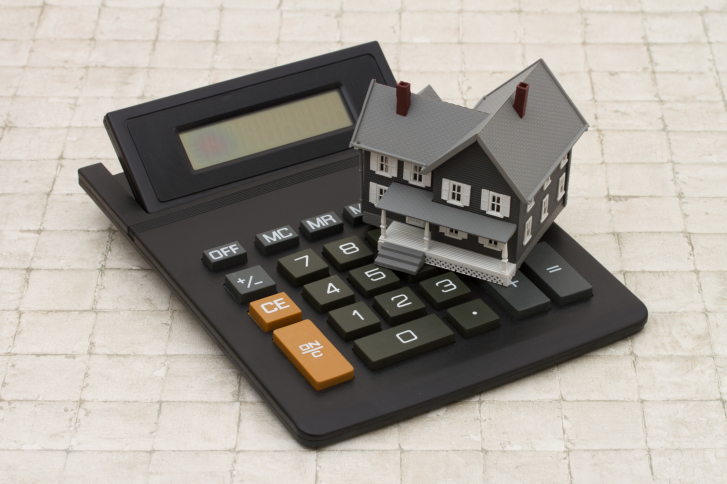Everything You Need to Know About Fannie Mae’s New Home Ready Mortgage
 Traditionally, getting a mortgage requires you to have a level of income appropriate to the size of home that you’re buying. But for a lot of low-income and minority borrowers, a simple measure of one person’s income isn’t an accurate measure of whether or not that person can afford a home.
Traditionally, getting a mortgage requires you to have a level of income appropriate to the size of home that you’re buying. But for a lot of low-income and minority borrowers, a simple measure of one person’s income isn’t an accurate measure of whether or not that person can afford a home.
Now, with the Home Ready mortgage from Fannie Mae, multigenerational and extended households can have easy access to mortgage funds. How does the Home Ready mortgage work? Here’s what you need to know.
Flexible Down Payment Requirements Make Home Ownership More Accessible
Traditional mortgages require you to pay 20% of the home price upfront in the form of a down payment, or 5% if you register for Private Mortgage Insurance. And although 5% is a small down payment, it’s still a significant sum of money for a lot of low-income borrowers. But now, with the Home Ready mortgage, qualified borrowers can access financing with as little as 3% down, making it easier to become a homeowner.
Non-Borrower Household Income Is Now Counted As Income
Another big change that the Home Ready mortgage introduces is that lenders may now count all household income when determining affordability criteria (but not qualifying income). There’s no minimum requirement for funds to come directly from the primary borrower, which means that non-borrower members of the household can have their income counted when determining whether a mortgage is affordable. It’s also possible to use non-occupant borrower income – for instance, the income of a borrower’s parent – to be counted as income.
For extended and multigenerational households, this means mortgages are much more affordable as all household income can now be counted as eligible.
Eligibility Requirements: Who Can Qualify For A Home Ready Mortgage?
Home Ready mortgages come with certain eligibility criteria attached that homeowners will need to meet. In order to be eligible, a household must be below a certain percentage level of area median income (AMI) – that is, a household must fall somewhere in the lower half of their area’s income scale.
For properties that are located in “low-income census tracts”, there is no income limit. For properties in high-minority areas and designated disaster areas, borrowers at or below 100% of AMI can access Home Ready financing. And in all other census areas, borrowers can access financing if their annual household income is no greater than 80% of AMI.
The new Home Ready mortgage from Fannie Mae can make it easier for certain households to qualify for mortgages. Your local mortgage advisor can help you to understand how the program works. For more information, call your mortgage professional today.

 When delving into the realities of home ownership, there can be many factors involved that make it difficult to determine what you need to know and what can wait until later. If you happen to be a first-time buyer who’s looking for the best tips for purchasing a home, look no further than the following three pointers to set you on the right path.
When delving into the realities of home ownership, there can be many factors involved that make it difficult to determine what you need to know and what can wait until later. If you happen to be a first-time buyer who’s looking for the best tips for purchasing a home, look no further than the following three pointers to set you on the right path. Whether or not you’re new to real estate, there’s little doubt that you’ve heard the term down payment as it relates to purchasing a home. There’s a lot of different information out there in regards to how much this figure should be and it can be hard to determine exactly what the importance of this payment is. If you’re trying to determine the ideal amount to put down, here are some things to consider.
Whether or not you’re new to real estate, there’s little doubt that you’ve heard the term down payment as it relates to purchasing a home. There’s a lot of different information out there in regards to how much this figure should be and it can be hard to determine exactly what the importance of this payment is. If you’re trying to determine the ideal amount to put down, here are some things to consider.